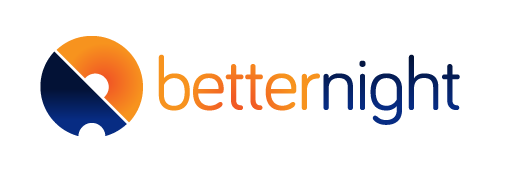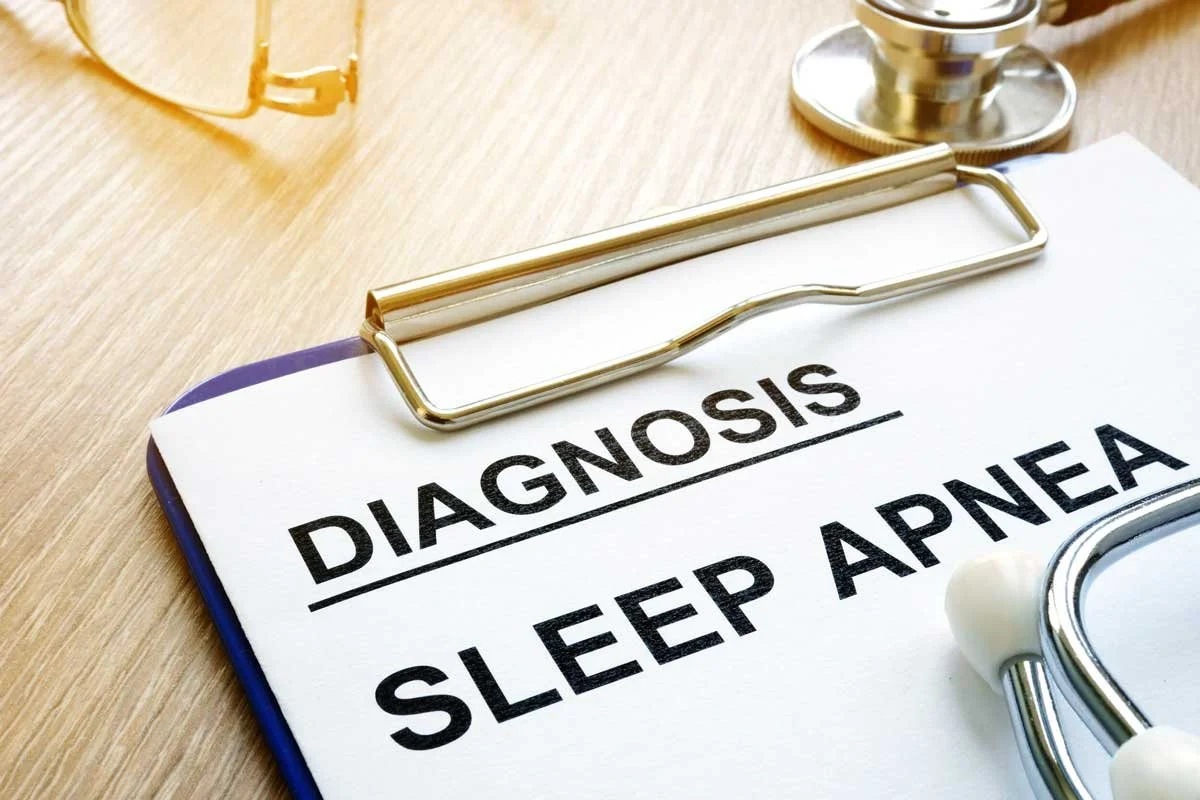One Man’s Sleep Apnea Journey: How BetterNight Defines the Future of Sleep Apnea Care
Recently, Bill of the Month, a crowdsourced investigation of noteworthy medical bills, featured the story of Jose Mendoza, a 61-year-old truck driver who suffered from high blood pressure and obstructive sleep apnea. Mr. Mendoza was diagnosed with OSA 15 years earlier and prescribed a continuous positive airway (CPAP) device to help with his condition. But after about a month, Mr. Mendoza stopped using his equipment because he found it noisy and uncomfortable. His continuing snoring and intermittent lapses in breathing worried his wife, who would nudge him several times during the night when his breathing lapsed. It was an excruciating headache that sent Mr. Mendoza to the ER, where doctors did a series of tests and concluded that the headaches, as well as his cardiac issues, were actually caused by his sleep apnea. They suggested he get fitted for a new CPAP device.
Mr. Mendoza’s pulmonologist first had him do a home sleep test but found it wasn’t detailed enough and sent Mr. Mendoza to an in-lab sleep center where they could obtain more extensive data. After his experience in the sleep lab, Mr. Mendoza was prescribed a new CPAP device which put an end to his snoring and led to the return of restful, productive sleep. That is until the bill came.
Mr. Mendoza’s bill totaled $10,322, which included the staggering outpatient charge of $9,853 for the sleep study and a $469 charge for the sleep specialist who interpreted the results. Mr. Mendoza’s high deductible insurance plan had a $5000 deductible and 50% coinsurance, leaving him financially vulnerable should any emergent medical situation arise. His insurance had a negotiated rate of $5,419 for the sleep study, and Mr. Mendoza ended up owing $5,157 for his one night in the sleep center. Mr. Mendoza’s wife did some research and while they were able to get on a monthly payment plan, what they found out about in-lab sleep studies was a reason for more sleepless nights. They discovered the average cost of a sleep study in the U.S. is $5,384 and that similar sleep studies can range drastically in price from $2,646 to $19324. What is more shocking is that the actual cost for a hospital to do a sleep study is, on average, $1,154. Essentially, hospitals are charging whatever they feel they can and are getting away with it. And if you are strapped with a high deductible insurance plan, like Mr. Mendoza, your costs can be extreme. Not only was Mr. Mendoza caught in two financial trappings of the U.S. health care system, high-deductible health plans and exorbitant billing, but also the shortcomings of the current state of sleep medicine.
Out of the 54 million adults who suffer from sleep apnea in the U.S., only 15% are diagnosed, 50% never receive treatment, and of those who are treated, there is a low 33% therapeutic adherence rate. The current pathway to screen, diagnose and treat sleep apnea involves inefficient and costly silos of care. Patients are often referred to nonaligned specialists, consultants and labs, which inhibit coordinated care, leading to higher costs and poor outcomes. When Mr. Mendoza stopped using his CPAP initially, he fell through the cracks in the sleep care system. There was no one there to monitor his successes or failures, no one to coach and support him, and no connection back to his primary care physicians, resulting in a lack of continuum of care.
BetterNight redefines the future of sleep medicine by offering a best-in-class comprehensive sleep solution that provides better patient outcomes by putting the patient experience first. With deep roots in coaching and compliance, BetterNight offers a completely virtual telehealth solution that is convenient, affordable and, most importantly, successful. BetterNight provides a flexible suite of solutions to meet both your practice and patient needs. Starting with a telehealth consult, your patient will meet with a board-certified physician in real-time, conveniently delivered on any device. An in-home sleep test is conducted, replacing the costly and inconvenient sleep lab. A diagnosis is communicated to both the patient and your practice, providing a seamless and transparent collaboration designed to maximize patient care. If your patient tests positive for OSA, a therapy device is delivered directly to their home.
BetterNight employs over 150 sleep professionals, including respiratory therapists, polysomnographers, Cognitive Behavioral Therapy counselors, and data analysts. These highly trained sleep medicine specialists focus solely on helping their patients improve their overall health and quality of life through a better night’s sleep. This personalized counseling works in tandem with proprietary software that collects and monitors data critical to therapy success.
When Mr. Mendoza’s pulmonologist said his initial in-home sleep test was “not detailed” enough, he assumes all HSTs are the same. And to assume that the data from an in-lab test would provide more “detailed information” is also misinformed. In fact, according to Dominic Munafo, MD, FABSM, Chief Medical Officer of BetterNight, “I strongly believe that over 90% of those at risk for obstructive sleep apnea can be successfully diagnosed and treated at home, but not all telehealth sleep solutions are created equal.” BetterNight’s proprietary data analytics software collects and monitors data that is critical to therapy success, such as time spent sleeping as well as any needed adjustments in treatment. And BetterNight shares back all the data to you and your practice team to provide a continuum of care centered on patient success and improved outcomes.
Sleep apnea treatment through BetterNight is usually completed in as little as two weeks at an average cost of $1800. If Mr. Mendoza’s medical team had worked with BetterNight, he would have saved an incredible amount of money and had the peace of mind that comes from knowing you are well taken care of. It’s no surprise that BetterNight has an impressive 99% patient satisfaction rating, a 50% improvement in conversion from diagnosis to therapy, and a 67% long-term adherence rate. By working with you and your practice, we can improve the quality of patient health through our shared goal of a better night’s sleep.
To learn more about how BetterNight can help you provide more effective and efficient care to your at-risk sleep apnea patients, contact us.

